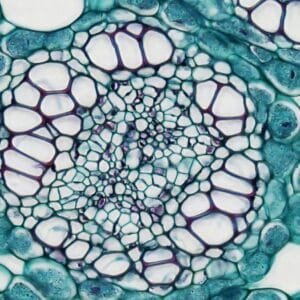Provisional Patents
Provisional patents are a type of patent application that secures a filing date. This filing date protects your place in line as the inventor of your subject matter. Provisional patents are not examined and do not issue into patents. They do, however, give you the right to call your invention “patent pending”.

What Are The Benefits Of Provisional Applications?
Inventors have 1 year from a public disclosure of their invention to file a patent application. If an inventor is not ready to pay for, prepare, and file a nonprovisional utility patent, they can instead file a provisional patent. A provisional provides an applicant the right to file a nonprovisional claiming priority to the provisional within 1 year. Thus, the provisional can act as a 1 year extension of time.
However, provisional patents are not available for design patents or PCT patents.
Provisional applications are also filed for the patent pending status. This status is valuable when pitching a sale or licensing deal for an invention.
Provisional applications are also a less expensive option to protect an idea when testing a market. Provisionals are often filed to ensure an invention is protected while also avoiding the full cost and expense of a nonprovisional application. This is done when an applicant is not sure whether a market will receive an invention favorably, so the provisional acts as a hedge for a failed market entry.
Should You File Your Own Provisional Patents?
New matter is not permitted in a patent application. Most DIY provisional applications fail to sufficiently satisfy all drafting requirements. This results in the subsequent nonprovisional application requiring the addition of new information (new matter) to correct the deficiency. This results in a loss of the provisional filing date and makes the provisional filing useless.
Since provisional applications are not examined, many people file their own and think they did a great job. However, that is generally not the case. Most inventors who maintain this idea don’t actually file a nonprovisional application claiming priority to the provisional.
Patent applications have very technical drafting requirements. Failing to meet these requirements requires amendment of the application. The problem is when an amendment is required because something wasn’t described in a specific way or an acceptable drawing wasn’t submitted for a specific view of an invention.
Want Help With Your Provisional Application?
We’ve helped many clients submit proper provisional applications ready to support subsequent nonprovisional applications. We provide clients with better rates and faster service. Contact our experienced patent professionals today.
What Sets Us Apart
Awards
Recognized in Best Lawyers: Ones to Watch in America for Patent Litigation.
Reviews
5.0★ Google Rating Across All Locations
Clients consistently rate us 5 stars for responsiveness, clarity, and strategic insight.
Testimonials
“Joe was phenomenal to work with. As a first-time inventor navigating the patent process, I couldn’t have asked for better support. He was fast, efficient, and took the time to ensure my filing not only met requirements, but maximized the value of my invention. He answered every question, offered thoughtful guidance, and delivered a polished, professional specification right on schedule. If you’re looking for someone who knows their stuff and actually gives a damn, Joe’s your guy.”
Learn More About Patents
Patent Strategies for Biologics and Molecules
Patent Strategies for Biologics and Molecules Navigation Why Patent Strategy...
How to Patent Biologics in Clinical Development
How to Patent Biologics in Clinical Development Navigation Why Biologic...
Biotechnology Intellectual Property: Strategies for Innovators
Biotechnology Intellectual Property: Strategies for Innovators Navigation Understanding Biotechnology Intellectual...
Understanding Markush Structure in Patents
Understanding Markush Structure in Patents Navigation Introduction What is a...




